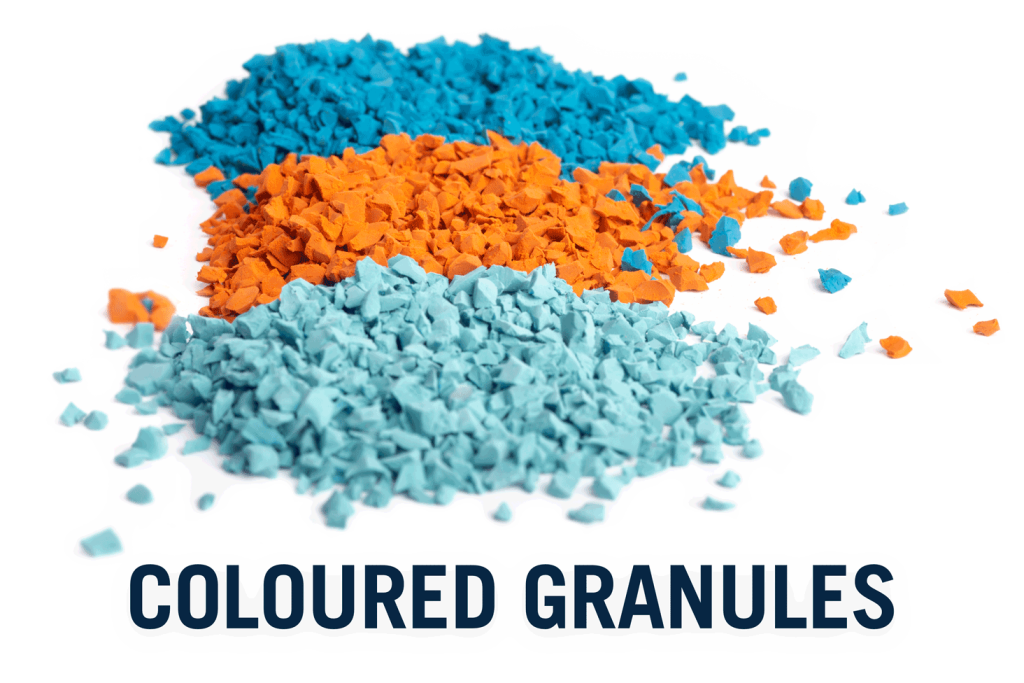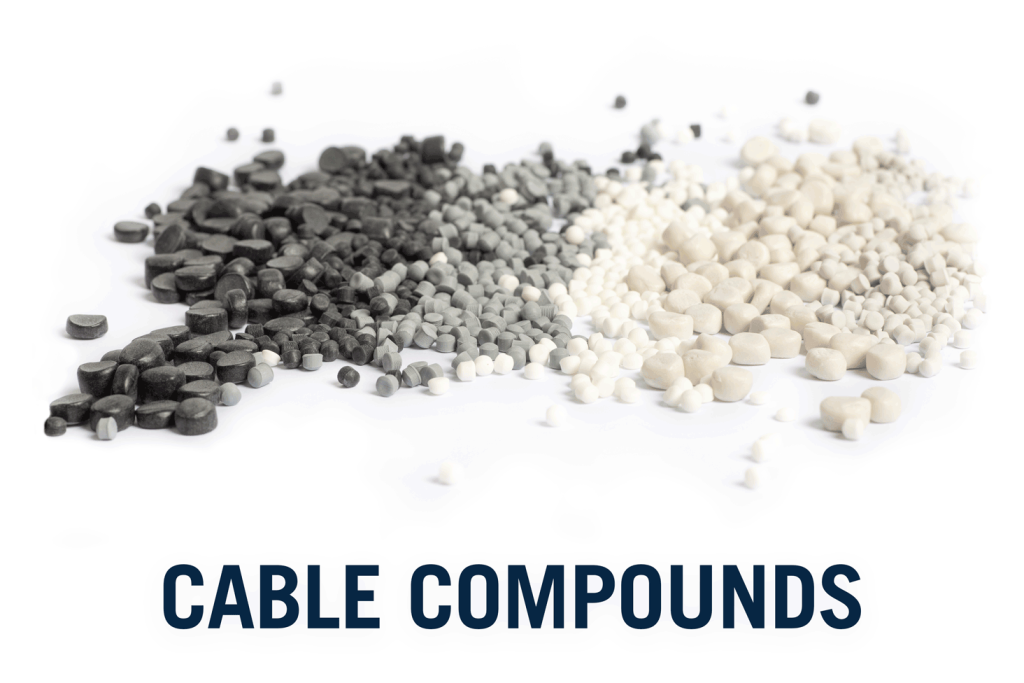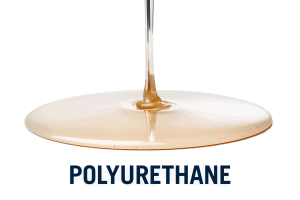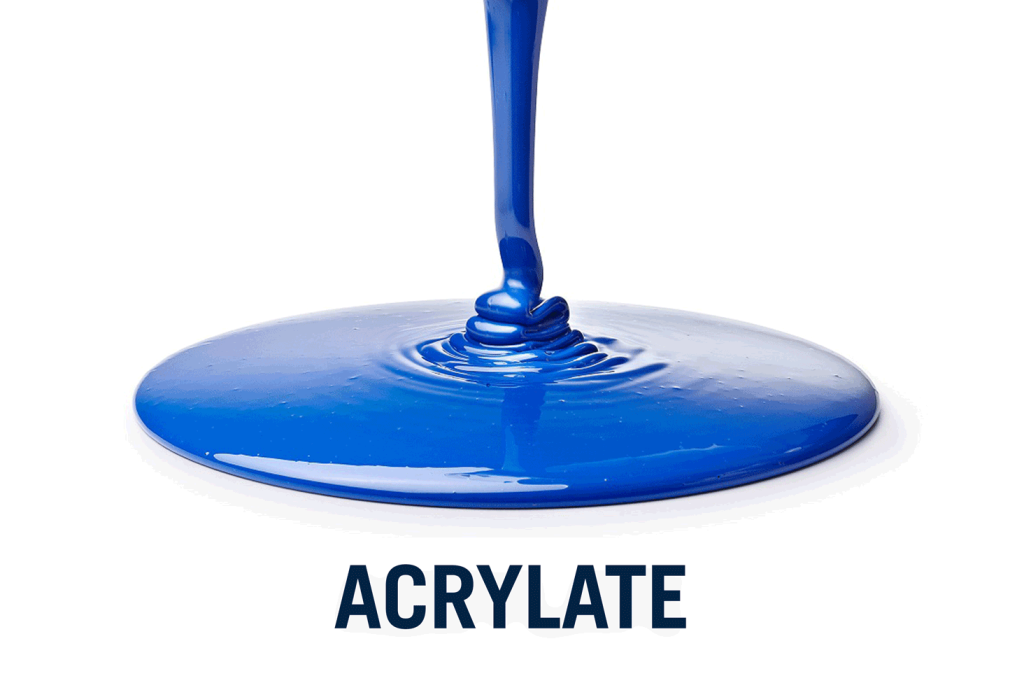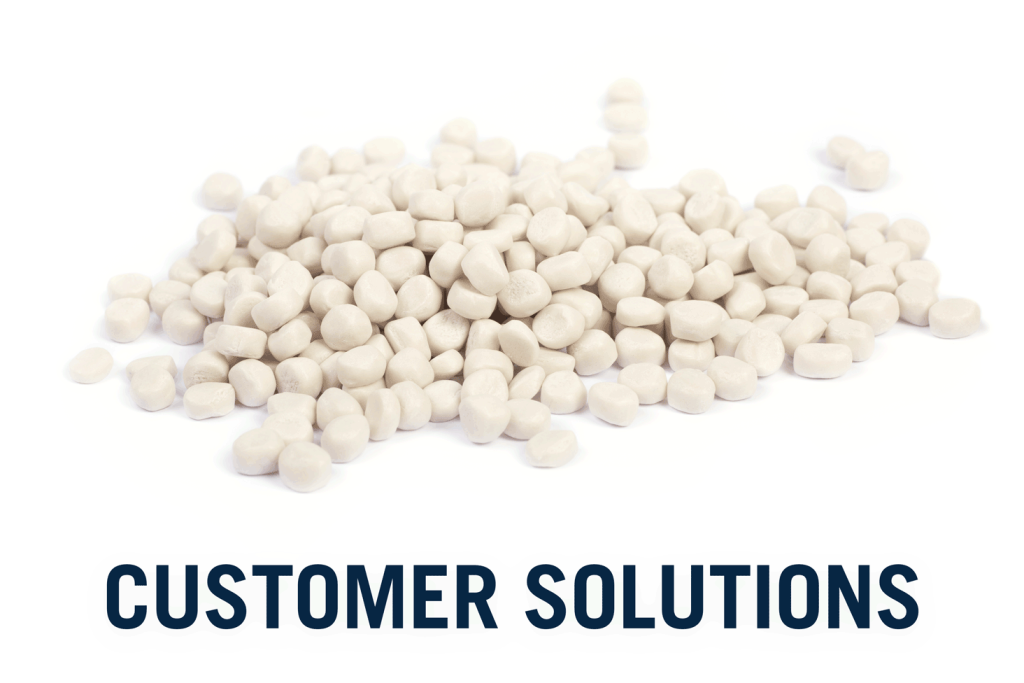Melos sagt Danke: Projekt teilen und 10 Säcke EPDM Granulat sichern! Weiterlesen
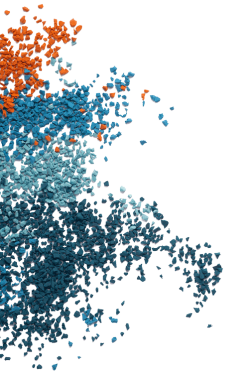
Coloured Granules, Polyurethane,
Cable Compounds & Customer Solutions
Cable Compounds & Customer Solutions
Melos ist ein führender Hersteller und Anbieter von EPDM-Granulaten für Sport- und Freizeitbeläge. Wir entwickeln individuelle Lösungen für die vielfältigsten Kunststoffanwendungen, auch in der Kabelindustrie und vielen weiteren Industriebereichen.
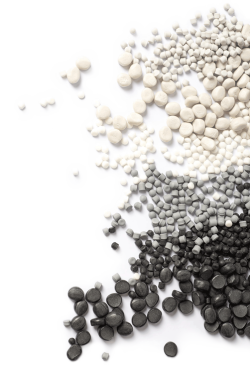
So läuft der Bewerbungsprozess ab
Die Bewerbung ist schon abgeschickt und jetzt fragt ihr euch, was euch erwartet? 🤔 In erster Linie wollen wir euch in den nächsten Schritten natürlich kennenlernen. 👋🙂 Natürlich gibt es dafür verschiedenste Möglichkeiten, daher erfahrt ihr im Video was auf euch zukommt! Wie immer – exklusiv aus der Personalabteilung.🤫
Das beeindruckt uns bei Bewerbern
Es ist wieder soweit: Wir klären den nächsten Mythos, der sich um das Thema Bewerbungen rankt.🔮 Dieses Mal teilen wir mit euch, was uns bei Bewerbern wirklich beeindruckt. 😎 Wir empfehlen: Gut aufpassen und die Tipps direkt umsetzen, wenn ihr bei uns positiv in Erinnerung bleiben möchtet. 😉🤝
Das ist im Vorstellungsgespräch zu beachten
Im Vorstellungsgespräch wollt ihr euch im besten Licht präsentieren, oder? Aber apropos Licht… 💡 Welche äußeren Umstände solltet ihr in der Vorbereitung wohl noch mitdenken? Ein paar Dinge gibt es schon, die ihr beachten solltet und natürlich lassen wir euch dabei nicht im Dunkeln tappen, sondern verraten die Details im Video! 📺 Die Infos kommen, wie immer, direkt aus der Melos-Personalabteilung. 🕵️
So läuft das Vorstellungsgespräch inhaltlich ab
Eine Einladung zum Vorstellungsgespräch: Panik oder Freude? Oder doch ein bisschen von beidem? 😵💫 Damit ihr nachts trotzdem ruhig schlafen könnt, 😴 erfahrt ihr exklusiv von unserer Ausbildungskoordinatorin, wie ihr euch auf unsere Vorstellungsgespräche am besten vorbereitet. 👀 Also dann: Nutzt das Insiderwissen und startet anschließend ganz entspannt in euer Gespräch mit uns! 👋🙂
Das geht für uns gar nicht in der Bewerbung
Must-have vs. No-Go: Heute geht es allerdings nicht um Mode, sondern um eure Zukunft! 🔮 Ihr wollt wissen, was in eurer Bewerbung für eine Ausbildung gar nicht geht? 🚫 Eine Antwort aus dem echten Leben erhaltet ihr bei uns, denn wir haben wieder Insiderwissen direkt aus der Melos-Personalabteilung für euch! 🕵️ Vermeidet diese Fehler und kommt eurer Ausbildung bei uns einen großen Schritt näher. ✅
Darauf achten wir in der Bewerbung
Pssst!🤫 Ihr wollt Insiderwissen aus der Personalabteilung zum Thema Bewerbung? 🕵️ Trifft sich gut, denn in unseren Insights erfahrt ihr, worauf ihr in eurer Ausbildungsbewerbung bei uns achten solltet.☝️Verlasst euch nicht mehr auf 0-8-15-Wissen aus dem Internet und seid euch stattdessen sicher: Wenn ihr diese Hinweise umsetzt, erhöht ihr eure Chancen auf ein Vorstellungsgespräch bei uns enorm!🚀
Fachkraft für Lagerlogistik [m|w|d]
In deinen 3 Ausbildungsjahren zur Fachkraft für Lagerlogistik [m|w|d] kontrollierst und lagerst du eingehende Waren, stellst Lieferungen zusammen und erstellst Tourenpläne. Außerdem verlädst und versendest du Güter und erstellst die entsprechenden Papiere. Um dich zu bewerben, solltest du mindestens einen Hauptschulabschluss haben und deine Aufgaben gewissenhaft und ordentlich erledigen.
Industriemechaniker für Betriebstechnik [m|w|d]
In der Ausbildung zum Industriemechaniker für Betriebstechnik [m|w|d] sorgst du für die Installation, Wartung und Instandsetzung unserer Betriebs- und Produktionsanlagen. Dazu gehört auch die Ausführung von Reparaturarbeiten und das Anfertigen von Ersatzteilen. Für die 3,5-jährige Ausbildung solltest du mindestens einen Hauptschulabschluss haben und dich für handwerkliche Tätigkeiten begeistern.
Elektroniker für Betriebstechnik [m|w|d]
In deinen 3,5 Ausbildungsjahren zum Elektroniker für Betriebstechnik [m|w|d] bist du für die reibungslose Funktion unserer elektrischen Betriebs- und Produktionsanlagen zuständig. Auch die Installation und Inbetriebnahme von Anlagen und Stromkreisen gehört zu deinen Aufgaben. Für die Ausbildung solltest du mindestens einen Hauptschulabschluss und technisches Verständnis haben.
Fachinformatiker Systemintegration [m|w|d]
Die Installation, Einstellung und Entwicklung von Hard- und Software stehen in deiner Ausbildung als Fachinformatiker für Systemintegration [m|w|d] im Vordergrund. Außerdem unterstützt du in deinen 3 Ausbildungsjahren die Kollegen bei Anwenderproblemen und entwickelst unsere Netzwerk-infrastruktur weiter. Mit einem Realschulabschluss und Interesse an IT bist du für die Ausbildung geeignet.
Industriekaufmann/ -frau [m|w|d]
In der Ausbildung zum/ zur Industriekaufmann/ Industriekauffrau [m|w|d] durchläufst du sämtliche Abteilungen, die für die wirtschaftlichen Prozesse im Unternehmen wichtig sind. Dazu gehören Einkauf, Vertrieb, Buchhaltung, Marketing und Personal. Nach 3 Jahren bist du mit der Ausbildung fertig, für die du mit einem Realschulabschluss und kaufmännischem Verständnis geeignet bist.
Chemielaborant [m|w|d]
In der 3,5-jährigen Ausbildung als Chemielaborant [m|w|d] bereitest du physikalisch-chemische Versuche vor, führst sie durch und wertest sie aus. Du entwickelst mit deinen Versuchen neue Produkte und unterstützt die ständige Prozessoptimierung. Für die Ausbildung geeignet bist du mit einem mindestens guten Realschulabschluss und Begeisterung für Naturwissenschaften, insbesondere Chemie.
Besuchen Sie Melos auf der wire 2024! Weiterlesen
Neue Maßstäbe für Automotive Cable Compounds: Melos präsentiert die Mecoline I RDX 5267 F Weiterlesen
Halogenfrei flammgeschützte Cable Compounds mit hervorragenden Isolationseigenschaften Weiterlesen
Fröhliche Weihnachten Weiterlesen
Melos Winderzauber Weiterlesen
Berufsweltorientierung Weiterlesen
Erfolgreiche FSB 2023 Weiterlesen
Laykold Workshop Weiterlesen
Let's go! FSB Köln Weiterlesen
Referenzen










